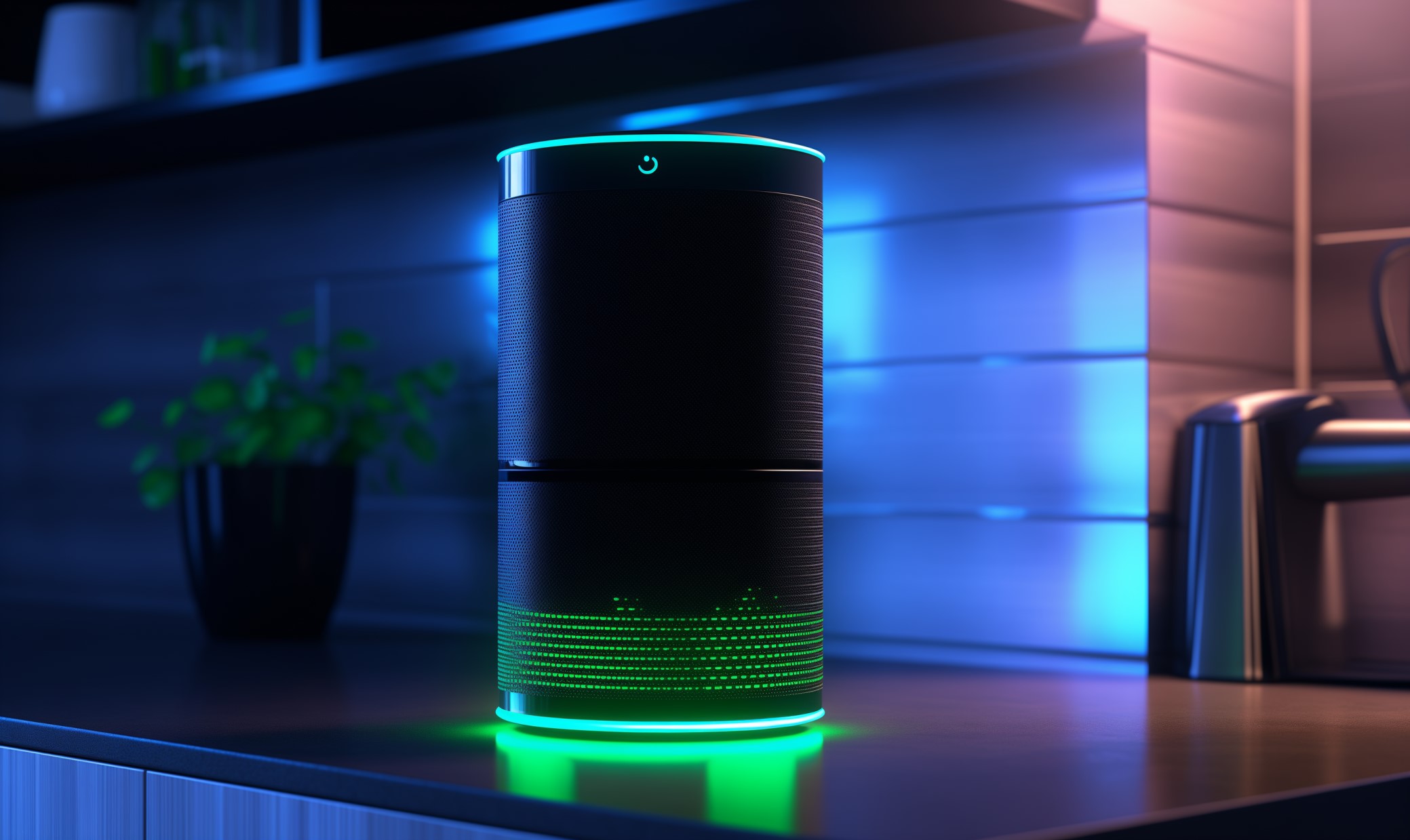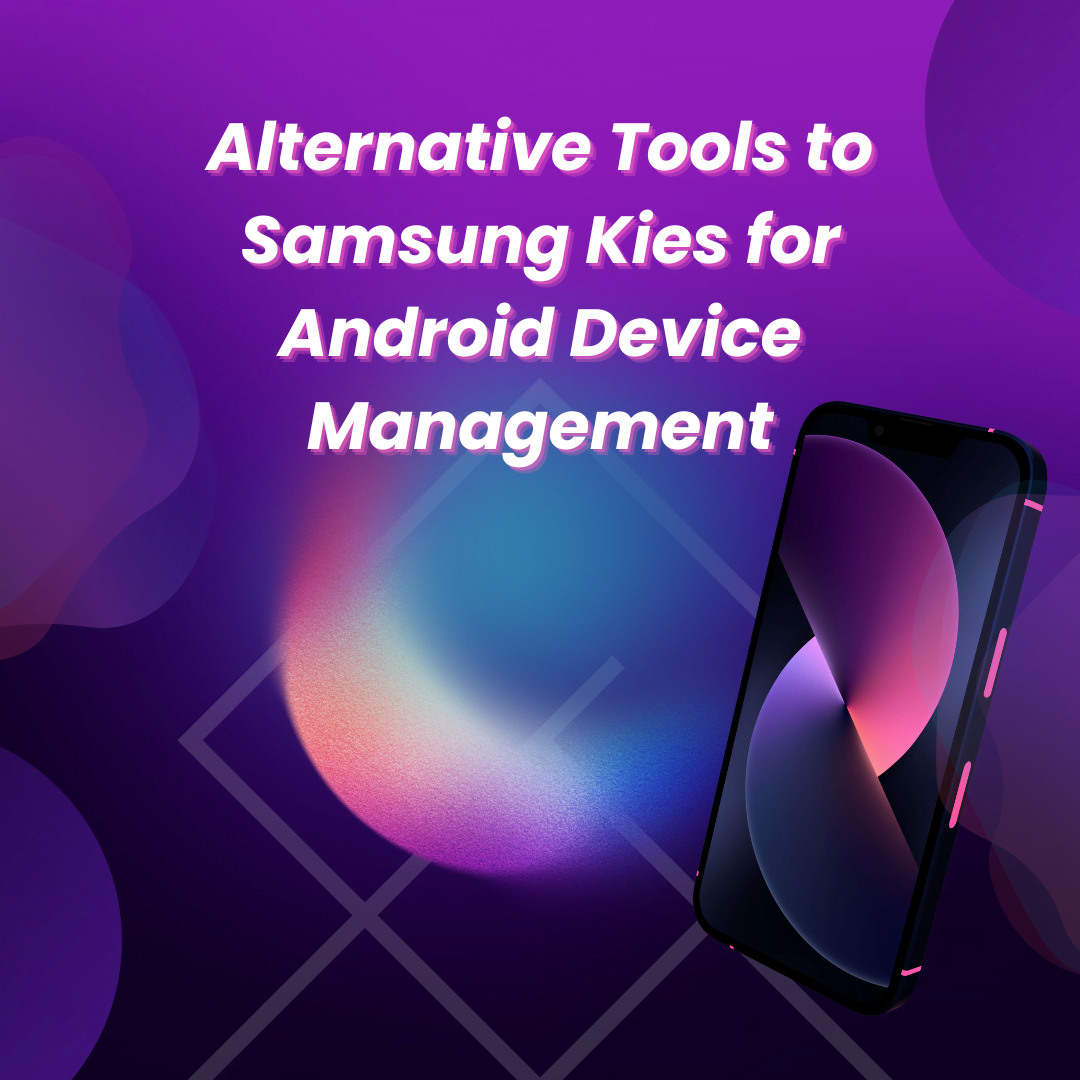In an era defined by unprecedented connectivity, the ability to manage devices from afar is no longer a luxury, but a necessity. RemoteIoT device management is not just a technical advantage; it's the cornerstone of operational resilience and strategic agility.
The Internet of Things (IoT) landscape is expanding exponentially, with billions of devices already deployed and billions more slated to come online in the next few years. The efficient management of these devices, ensuring their seamless operation and robust security, is a challenge that demands innovative solutions. RemoteIoT device management offers precisely that, the capacity to monitor, configure, and maintain these crucial components of our increasingly interconnected world.
- Introduction to RemoteIoT Device Management
- Benefits of RemoteIoT Device Management
- Setting Up Your RemoteIoT Environment
- Choosing the Right RemoteIoT Management Platform
- Security Considerations for RemoteIoT Management
- Configuring IoT Devices for Remote Access
- Monitoring IoT Devices Remotely
- Troubleshooting Common RemoteIoT Issues
- Best Practices for RemoteIoT Device Management
- Future Trends in RemoteIoT Management
Introduction to RemoteIoT Device Management
RemoteIoT device management represents a paradigm shift in how we interact with and control the digital world. It is the process of administering and overseeing Internet of Things (IoT) devices from a remote location, which is essential for maintaining device performance, bolstering security, and ensuring the optimal allocation of resources. This approach relies on a network of cloud-based platforms and modern networking technologies, allowing organizations to manage large-scale IoT deployments without requiring physical presence at the site.
- Navigating Adult Content Online Safety Legal Considerations
- Fansly Content Leak Monalita Digital Privacy Concerns Google Discover
Key Features of RemoteIoT Management
- Centralized control over multiple devices
- Real-time monitoring and data analytics
- Automated firmware updates and configuration changes
- Enhanced security through encryption and access controls
The basic understanding of RemoteIoT management is the initial step in the building of a robust IoT infrastructure. It does not matter whether you're managing a few devices or thousands, the principles remain consistent: efficiency, scalability, and security.
Benefits of RemoteIoT Device Management
Implementing a RemoteIoT device management system offers several significant advantages for businesses and individuals alike. The benefits span a wide range, from cost savings to improved operational efficiency.
Cost Efficiency
One of the most appealing reasons to adopt RemoteIoT management is the potential for cost savings. By eliminating the need for on-site visits, organizations can greatly reduce travel expenses and streamline maintenance processes. Furthermore, remote management allows for better resource allocation, ensuring that devices are functioning at their optimal potential.
- Ari Kytsyas Onlyfans Leak Digital Privacy Content Security Learn More
- Is Skymovieshd Legal Free Movies Vs Copyright Concerns
Improved Scalability
As IoT deployments grow in size and complexity, the ability to scale management operations becomes a key consideration. RemoteIoT management platforms enable organizations to handle large numbers of devices without compromising performance. This scalability is essential for maintaining efficiency as IoT ecosystems expand.
Setting Up Your RemoteIoT Environment
Before delving into the specifics of remote IoT device management, it is crucial to set up a proper environment. This involves configuring the hardware, software, and network settings to ensure seamless communication between the devices and the management platform.
Hardware Requirements
- IoT devices with connectivity capabilities (Wi-Fi, cellular, etc.)
- Gateway devices for aggregating data from multiple sensors
- Computers or servers for hosting the management platform
Software Setup
Selecting the right software tools is critical for the successful implementation of RemoteIoT device management. Some of the most popular options include:
- AWS IoT Core
- Microsoft Azure IoT Hub
- Google Cloud IoT Core
It is important to evaluate your specific needs before making a decision, as each platform offers unique features and benefits.
Choosing the Right RemoteIoT Management Platform
Selecting the best option for your needs can be a challenge, given the numerous RemoteIoT management platforms available. Some factors to consider are scalability, security features, ease of use, and integration capabilities. Let's take a closer look at some of the top platforms.
AWS IoT Core
AWS IoT Core is a powerful cloud-based platform designed for managing large-scale IoT deployments. It offers robust security features, including end-to-end encryption and device authentication, as well as seamless integration with other AWS services. However, the platform can be complex for beginners, requiring a solid understanding of cloud computing concepts.
Microsoft Azure IoT Hub
Microsoft Azure IoT Hub provides a user-friendly interface and extensive documentation, making it an excellent choice for developers and IT professionals. The platform supports a wide range of programming languages and protocols, ensuring compatibility with various IoT devices. Additionally, Azure IoT Hub offers advanced analytics capabilities for processing and visualizing device data.
Security Considerations for RemoteIoT Management
Security is a top priority when managing IoT devices remotely. Given the rising number of cyber threats targeting IoT ecosystems, implementing strong security measures is critical for protecting sensitive data and maintaining device integrity.
Encryption and Authentication
Encrypting data transmissions and implementing strong authentication mechanisms are crucial for securing RemoteIoT management systems. This involves using protocols such as TLS/SSL for encrypted communication and employing multi-factor authentication for user access control.
Regular Updates and Patching
Keeping IoT devices and management platforms up to date with the latest firmware and software updates is vital for addressing security vulnerabilities. Automated update mechanisms can simplify this process, ensuring that devices remain secure without requiring constant manual intervention.
Configuring IoT Devices for Remote Access
Proper configuration of IoT devices is critical to enabling remote management capabilities. This entails setting up network parameters, defining access controls, and configuring device settings to optimize performance.
Network Configuration
IoT devices must be configured to connect to the appropriate network, whether it's Wi-Fi, cellular, or another connectivity option. Ensuring stable and reliable network connectivity is crucial for maintaining communication between devices and the management platform.
Access Control Settings
Implementing granular access controls ensures that only authorized users can manage IoT devices remotely. This involves defining user roles and permissions, as well as enforcing strict password policies and session timeouts.
Monitoring IoT Devices Remotely
Real-time monitoring of IoT devices is a key aspect of RemoteIoT device management. This enables organizations to track device performance, detect anomalies, and respond to issues proactively.
Real-Time Data Analytics
Using advanced analytics tools, such as machine learning algorithms, can help organizations gain valuable insights into IoT device behavior. By analyzing data patterns and trends, organizations can identify potential issues before they escalate.
Alerts and Notifications
Setting up automated alerts and notifications ensures that key stakeholders are informed of critical events in real-time. This enables swift action to be taken, minimizing downtime and reducing the impact of potential problems.
Troubleshooting Common RemoteIoT Issues
Despite best efforts, issues can arise when managing IoT devices remotely. Understanding common problems and how to address them is essential for maintaining a stable and reliable IoT ecosystem.
Network Connectivity Problems
Network connectivity issues are one of the most common challenges in RemoteIoT management. Troubleshooting steps may include checking network settings, restarting devices, or contacting network providers for assistance.
Device Configuration Errors
Misconfigured devices can lead to communication failures and reduced performance. Verifying device settings and ensuring compatibility with the management platform are crucial for resolving these issues.
Best Practices for RemoteIoT Device Management
Adopting best practices for RemoteIoT device management can significantly improve the efficiency and effectiveness of your operations. These practices include:
- Regularly reviewing and updating security policies
- Implementing a robust backup and recovery strategy
- Documenting device configurations and management procedures
By following these guidelines, organizations can ensure that their IoT ecosystems remain secure, scalable, and easy to manage.
Future Trends in RemoteIoT Management
The field of RemoteIoT device management is rapidly evolving, with new technologies and innovations emerging regularly. Some of the most promising trends include:
Edge Computing
Edge computing enables data processing to occur closer to the source, reducing latency and improving performance. This technology is expected to play a significant role in the future of RemoteIoT management, allowing for more efficient data handling and real-time decision-making.
Artificial Intelligence and Machine Learning
AI and ML technologies are increasingly being integrated into RemoteIoT management platforms, offering advanced analytics capabilities and predictive maintenance features. These technologies will continue to transform the way organizations manage IoT devices, driving greater efficiency and innovation.
Table: RemoteIoT Platforms - Features and Capabilities
| Platform | Key Features | Security | Scalability | Ease of Use | Integration Capabilities | |-------------------|--------------------------------------------------|------------------------------------------------|--------------------|--------------------|-------------------------------------------------------------------| | AWS IoT Core | Device management, data ingestion, rules engine | End-to-end encryption, device authentication | High | Complex | Seamless integration with other AWS services | | Azure IoT Hub | Bi-directional communication, device provisioning | TLS/SSL encryption, multi-factor authentication | High | User-friendly | Supports various programming languages and protocols, Azure services | | Google Cloud IoT | Device registration, data storage, device control | Identity and access management, encryption | High | Moderate | Integration with other Google Cloud services |
Table: Essential Security Protocols and Practices
| Security Measure | Description | Benefit | |-------------------------------|--------------------------------------------------------------------------------------------------------------|-------------------------------------------------------------------------------------------------------------| | Encryption (TLS/SSL) | Encrypting all data transmissions between devices and the management platform. | Protects data from unauthorized access and eavesdropping. | | Multi-Factor Authentication (MFA) | Requiring multiple forms of verification (e.g., password and one-time code) for user access. | Significantly reduces the risk of unauthorized access to the management system. | | Regular Firmware Updates | Keeping devices and the management platform updated with the latest security patches and firmware. | Addresses known vulnerabilities and protects against emerging threats. | | Access Control Lists (ACLs) | Implementing granular access controls to define user roles and permissions. | Limits the actions users can perform, reducing the potential impact of compromised accounts. | | Security Auditing | Regularly reviewing security policies and procedures, and conducting penetration testing. | Identifies weaknesses and ensures compliance with security best practices. |
Table: Device Configuration Checklist
| Configuration Step | Description | Importance | |------------------------------|----------------------------------------------------------------------------------------------------------------|-----------------------------------------------------------------------------------------------------------------------------------------| | Network Connectivity | Configure the device to connect to the appropriate network (Wi-Fi, cellular, etc.). | Essential for enabling communication between the device and the management platform; stability is critical. | | Access Control Settings | Define user roles, permissions, and enforce strong password policies. | Ensures that only authorized individuals can manage the device; protects against unauthorized access and manipulation. | | Device Authentication | Implement secure authentication mechanisms (e.g., certificates, keys) to verify device identity. | Prevents unauthorized devices from connecting to the network and protects against device spoofing. | | Data Encryption | Enable encryption for all data transmissions to protect sensitive information. | Ensures confidentiality and prevents data breaches during transit. | | Remote Access Protocols | Configure the device to use secure protocols for remote access (e.g., SSH, HTTPS). | Enables secure remote management capabilities while protecting against unauthorized access and data breaches. |
Table: Troubleshooting Strategies for Common Issues
| Issue | Potential Causes | Troubleshooting Steps | |------------------------------|--------------------------------------------------------------------------------------------------------------------|--------------------------------------------------------------------------------------------------------------------------------------| | Network Connectivity Problems | Incorrect network settings, poor signal strength, firewall restrictions, network outages. | Check network settings, verify the device is connected, ensure firewall rules allow communication, and contact the network provider. | | Device Configuration Errors | Incorrect IP address, incorrect port configuration, incorrect credentials. | Verify device settings match the management platform's requirements, double-check configuration files, and consult the device documentation. | | Platform Connectivity Issues| Server downtime, incorrect API keys, connectivity problems with the platform. | Check the platform status, verify API keys are correct, and ensure the device can reach the platform servers. | | Firmware Update Failures | Network interruptions, insufficient storage, corrupted firmware files. | Retry the firmware update, verify network connectivity, ensure sufficient storage space, and check for corrupted files. |

